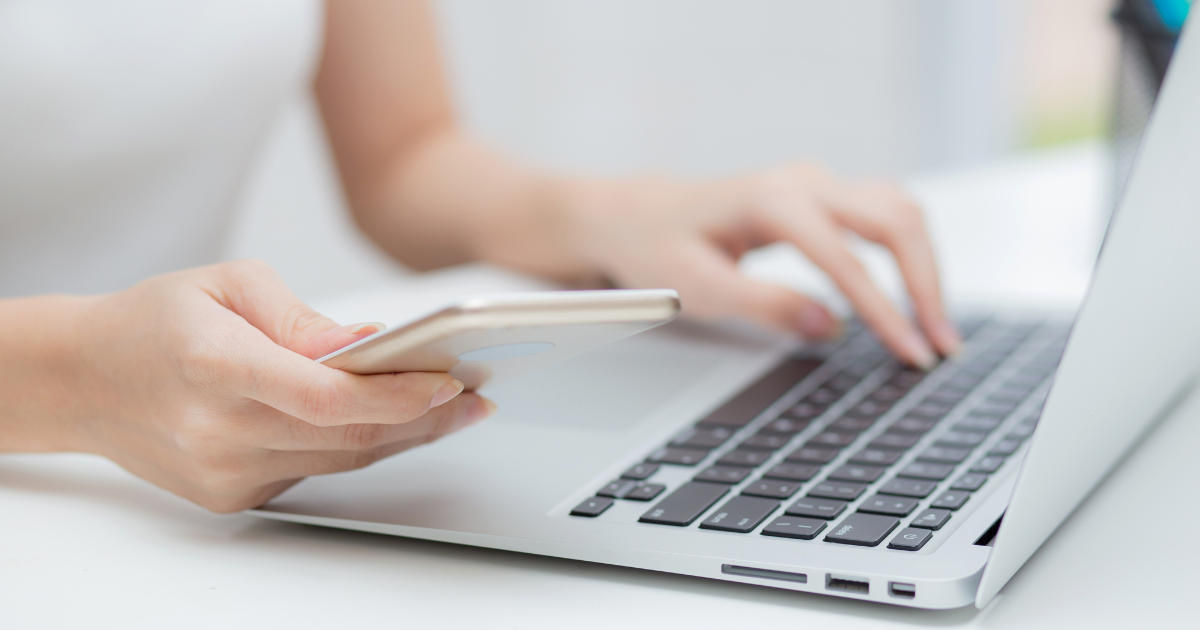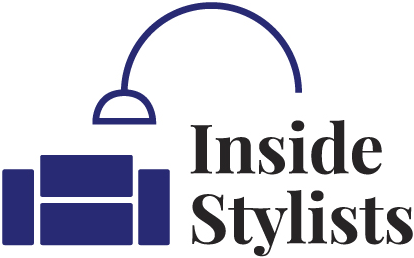 It’s possibly the question I get asked the most and it’s the hardest to answer … for so many reasons! Firstly, I am the founder of a community of Interior Stylists, Writers, Assistants, and Interior Photographers. If I share what I think YOU should be charging it would be considered “Price Fixing”! Ever heard of price fixing? No, neither had I but someone I respect warned me about it years ago and I’ve never told anyone a ££ number to charge since.
It’s possibly the question I get asked the most and it’s the hardest to answer … for so many reasons! Firstly, I am the founder of a community of Interior Stylists, Writers, Assistants, and Interior Photographers. If I share what I think YOU should be charging it would be considered “Price Fixing”! Ever heard of price fixing? No, neither had I but someone I respect warned me about it years ago and I’ve never told anyone a ££ number to charge since.
What is Price Fixing?
In a nutshell, Price fixing is when there’s an agreement between competitive businesses who keep fees at specific agreed amounts or as the GOV.UK website puts it – you’re setting up a cartel!
Price fixing in the words of Gov.uk
“You must not discuss the prices you’re going to charge your customers with your competitors.
You’ll be breaking the law if you agree with another business:
-
to charge the same prices to your customers
-
to offer discounts or increase your prices at the same time
-
to charge the same fees to intermediaries, for example retailers selling your products”
Gov.uk also states that if your business has a 40% or more market share you have an unfair dominant position in the market. Now, I’m not saying that InsideStylists.com has the majority of interior stylists in the UK on it… but there are a fair few of us in here. Enough to make me feel uncomfortable talking about setting freelance rates.
How do I find out what I should to charge?
It’s not impossible. You just need to ask the right people the right questions and consider where you are and where you’re going. Answer these questions to get your pricing strategy straight in your head. I’m talking about interior styling here but this works whatever discipline you’re in.
1. How much experience do you have?
Have you been assisting on countless shoots and have researched and propped for sets and know how it all works? Do you know how to get props from A to B and back again and are ready to make sure the product is the hero in every shot? In other words are you ready to be the lead stylist on photoshoots?
The chances are if you’re fresh out of assisting on shoots and chomping on the bit to get your own lead position you’ll take any job going for any fee. Don’t! It harms the whole market if you do that.
No matter how little experience you have you need to charge a professional rate. Firstly, because your experience so far – even if it’s only been in an assistant’s role up till now or from test shoots is still relevant and, secondly, it’s nigh on impossible to put your daily rate up once you put it out there.
Say a client wants to pay you an assistant’s fee for styling a shoot and when they see the shots they love them. Next time they want to hire you you say you want to charge them more, they’ll probably walk away. Set your fee where you want it to be as a professional, experienced Interior Stylist right from the get-go.
2. What kind of work have you done? AKA What can you offer?
This is relevant when it comes to bigger shoots. Most clients will want to work with interior stylists who have some experience in what they’re putting together. If you’ve styled mainly editorial stills and they’re looking to shoot a big TV commercial you may not be the right person this time – but still go for it. You never know.
If you’ve done all sorts of styling from product launches to social media campaigns you can charge accordingly. You’ve put in the time to learn the skill.
3. What’s the going rate?
“Well, Emma, If I knew that I wouldn’t be asking you!” I hear you cry. Yes, but just because you can’t ask me doesn’t mean you can’t ask a friend or colleague what they charge. You can ask for a ballpoint figure. A starting point. Maybe ask an interior stylist what they charged when they were starting out and if it’s a lot more now. Get an idea. Us brits don’t like to talk about money so a vague number will help you get an idea of fees and not make them uncomfortable.
It’s also worth thinking about what a top stylist would charge. That should be your base starting point.
Quick story
I remember when I was about to go freelance and a photographer friend told me what the freelance stylist on his previous shoot had charged. I nearly fell off my seat!
“For one day?”
I asked. Yep, it was a lot. But it needs to be as a freelancer. Nowadays that same figure is in my rearview mirror. I have more experience and bring more to the table and you will too.
4. What are you charging for?
As mentioned above, when deciding on a day rate you are charging for more than just the work you will do for the client on that day. You need to factor in your experience, overheads, tax, National Insurance, and a decent profit margin.
It’s easy to see a fee for a shoot and prep with a few 00’s and think that’s a great fee but if you’re not including the running costs of your home office, car, and all the other small incidentals that come out of your pocket you’ll be doing yourself a dis-service or worse, working for below minimum wage.
Which leads me on to the question- What’s your annual income goal?
5. What is your annual income goal?
When you work as a freelancer it’s easy to think of each job as an individual job and not as part of your whole year. It’s a good idea to calculate what you’d like to earn over a year. From that number you can see how many days a week/month/year you need to work to achieve that income. We don’t have something as simple as an hourly rate so this calculation really helps to work out your freelance rate ball park figure.
6. How to outline your rate with a client
Most creatives hate to talk about money. We like to share our ideas and set-ups and props. Numbers and freelance rates are just… well, yuck! That’s why early on in my freelance career I created a rate card. That way I can share everything in one place, impress my future client and not say a word about money. The rate card does it all for me.
My rate card includes:-
- An introduction to me and my years of experience
- What work I can do for the client
- The magazines I’ve worked for
- The clients I’ve styled for
- My fees and how I charge clients
- A mini contract about advance fees. (I do have a separate contract with more details but the rate card is a good starting point)
- All the ways they can contact me.
Not only does it make talking about money easier, it’s easy to save to a folder and send from my phone when I’m out and about. No-one wants to lose out on a job because they didn’t respond quick enough.
7. Mistakes people make when charging clients their day rate
To enable you to go from a place of strength here are a few things to remember when setting your day rate. Don’t make these mistakes. They will cost you money.
Working for free
Nope. We don’t do that! We don’t work for “likes” or “exposure” we work to pay our bills. Working for free is NEVER a good idea. The only exception is when you are completely new and want to experience what it’s like to be on a photoshoot. If that’s the case I recommend helping on one editorial and one commercial shoot as work experience. After that, if you’re asked to work for free again the client is taking the piss! Just my thoughts but know your worth.
Charging too little
Never set your rate as a “Beginner stylist.” I’ve heard this so many times. Just because you are new to styling your own shoots, having assisted up until now doesn’t mean you shouldn’t be paid properly. Be paid your worth. Start as you mean to go on. As I have already mentioned, it’s almost impossible to move up in day rate fees once you start low.
Quick story
It’s a recognised thing in this industry that when you take on a shoot for a low price a better client with a bigger budget will come along and ask you to shoot for them on the same day for a few more days. You’ve committed to the budget shoot and now you’re stuck. How would you feel? Gutted right? How do you think you’ll feel when you’re styling that budget shoot?
We’ve all been there. It’s like the party you agree to go to with someone and then your close friend asks you to an even better party. You can’t ditch the first one because everyone will know and you’ll be seen as unreliable (and less likely to be booked by that client again)
If you’ve charged a good rate for the first job you’ll be happy to do it and will produce much better work. So think about what your minimum acceptable rate is.
Keeping the same price
Once you’ve decided on your day rate you don’t have to stick to it forever. In fact you really shouldn’t. As your experience (and inflation) increase so too should your fee.
I know of an influencer who when she was starting out would charge £75 for an Instagram reel. Every time a new brand approached her she would up it by £25 until she got pushback. She’d then sit at that price until her skills and following went up and then she’d start raising her prices again. Let’s just say she has added a few 00’s to her fee now.
This is a really good strategy when you want to increase your prices. Jump a little. Going from £75 to £175 would have been a big jump but going from £75 to £100 felt right and her clients agreed.
8. Different rates for Shooting and prep days
This is another question I get a lot. Should you charge different prices for styling shoots as you do for prep days. In truth this is a personal choice.
I started off charging a separate amount but switched to the same fee for both years ago. It felt right at the time and the styling of shoots (which are typically charged for more) didn’t feel like as much hard work as the prep days. I felt they were both of equal value.
No clients batted an eyelid when I set my rate the same for both days – and when I did this I put my prices up too. I had reached that level (at least I thought so)
Quick story Putting prices up
I’ve put my day rate up a number of times since going freelance in 2011. The way I see it, if a client books me at a set price and if they want to keep working with me I’ll stick to that price even if my rate has gone up considerably. I see it as a great relationship. Why would I break that?
Each time I have a new client I send them the new rate and once that has been agreed I stick to that fee.
Only once have I put my rates up for an existing client and that was after many, many years of working with them and the gap was getting ridiculous. I sent them an email at the beginning of the year to let them know of the fee increase and hoped they would still work with me. I didn’t make it a big jump – just enough that I felt we would both be comfortable with. They kept hiring me and now that client has paid me tens of thousands of pounds over the years. Just food for thought. You do you.
Did that help?
Setting your fee as a freelancer is such a crucial step in running your business successfully. By considering everything from your experience, and expertise, to the value you bring to clients shoots, you can confidently determine a fair rate for your Styling and writing.
Remember that it’s important to know your worth and not undersell yourself or the industry. With the right approach and mindset, you can set a fee that reflects your skills and ensures that you’re properly paid for the work you do. So go ahead, set your fee with confidence and watch your styling career take off
Other Freelancer posts you may find useful
Jury Service: Facing the Challenges as a Freelancer
Why Branding is essential for Freelancers with Nancy Poller of Aligned Design: Podcast #109
How to become an Interior Stylist
What’s the difference between an interior stylist and an interior designer


